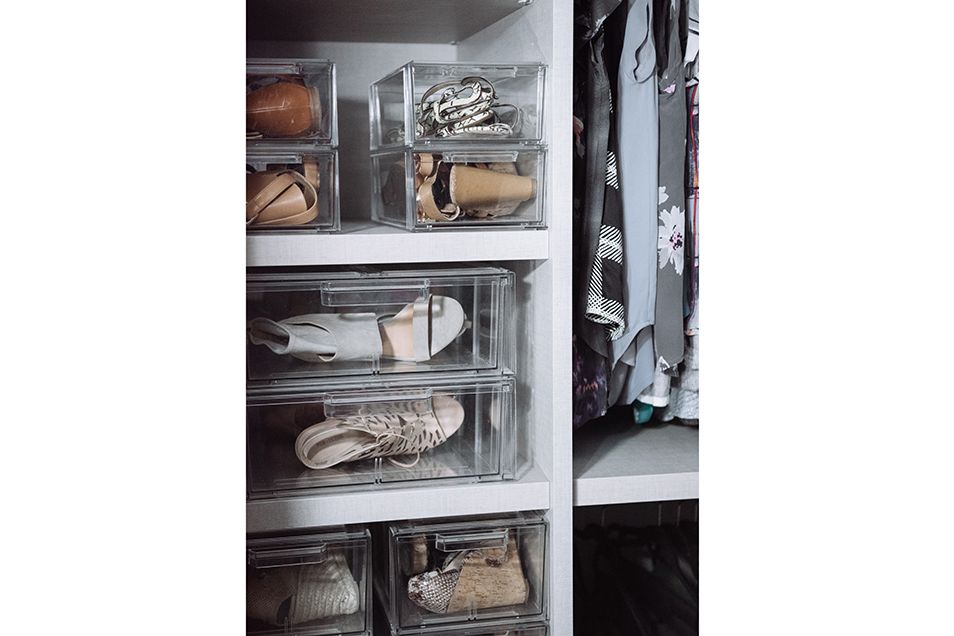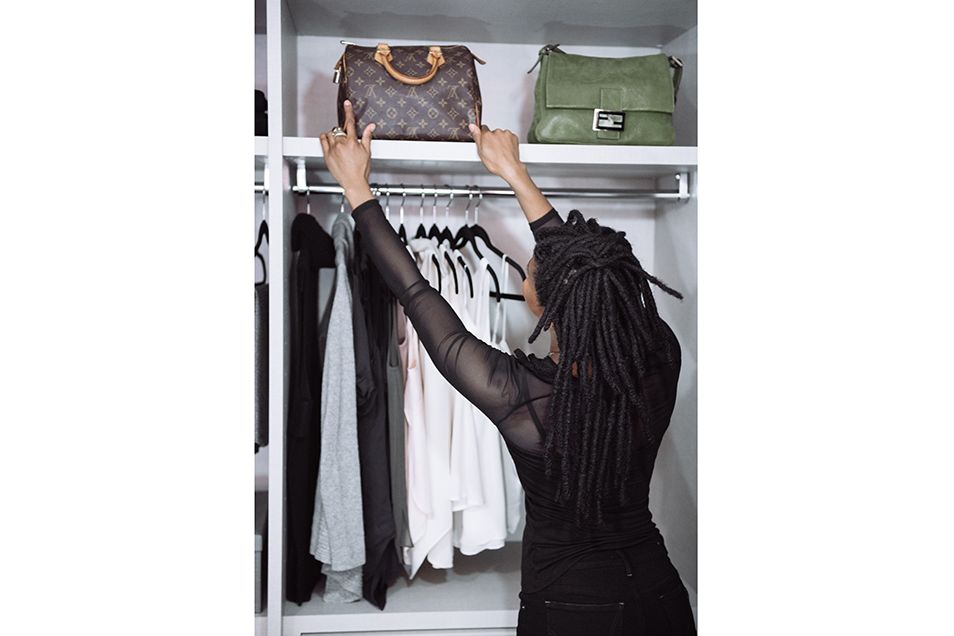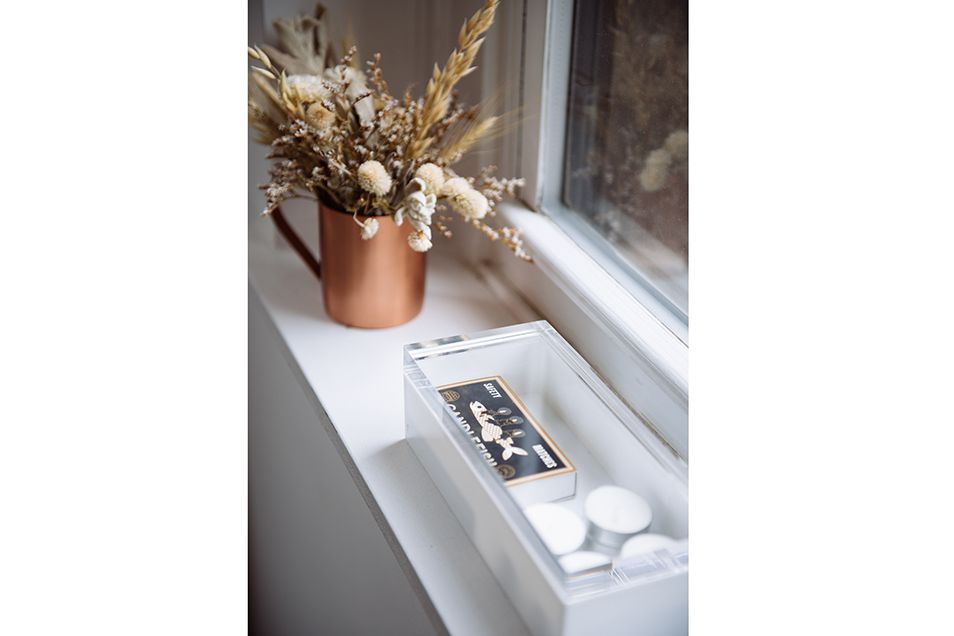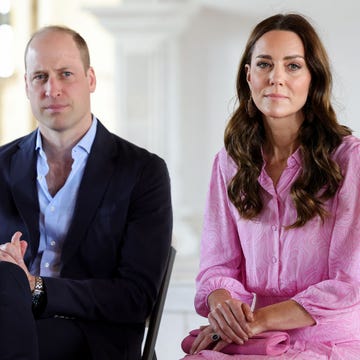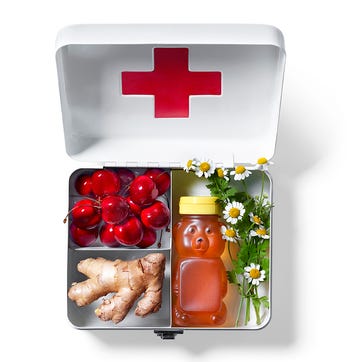I'm A Professional Organizer. Here Are 5 No-Fail Strategies That Help My Clients Keep Their Homes In Order.
Use these tips to tidy up and make your home a more peaceful place.
Declutter Your Life is a month-long initiative to help you manage stress and boost your health by learning the principles of banishing clutter and restoring a sense of order to your world.
Before she launched her successful New York City-based organizing business, Faith Roberson was a private chef, preparing food for people with dietary restrictions. Along the way, she discovered that the kitchen organization included in her service was what her clients appreciated most. Then they started asking for more.
“Organically, one by one, people began asking me to organize other parts of their home,” says Roberson. She began taking on the task full-time, and also started studying life coaching, so she could offer her clients more than just decluttered drawers and clean closets.
(Transform your health with 365 days of slimming secrets, wellness tips, and motivation—get your 2018 Prevention calendar and health planner today!)
“Organizing isn’t just about having a neat and tidy home, it’s about creating space for the things you truly want in life,” says Roberson. It’s a belief she holds both professionally and personally. “For me, it’s a practice of mindfulness, it’s an opportunity to evaluate where I’ve come from and where I want to go. It’s liberating and exciting and always leaves me with a great deal of hope.” Going through the decluttering journey is like opening a door, Roberson says. “It's an opportunity to rectify your past and move forward and make room for your future." (Is your mind cluttered? Here's how to tell and what to do.)
Here, Roberson shares five tools you can adopt to help clear out clutter for a better, healthier home life.
Watch Next


William and Kate ‘Are Going Through Hell’

Shania Twain Shares the Upside to Menopause

What Are the FLiRT COVID-19 Variants?
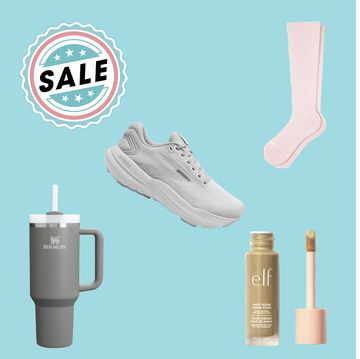
National Nurse’s Week Deals to Shop Now

